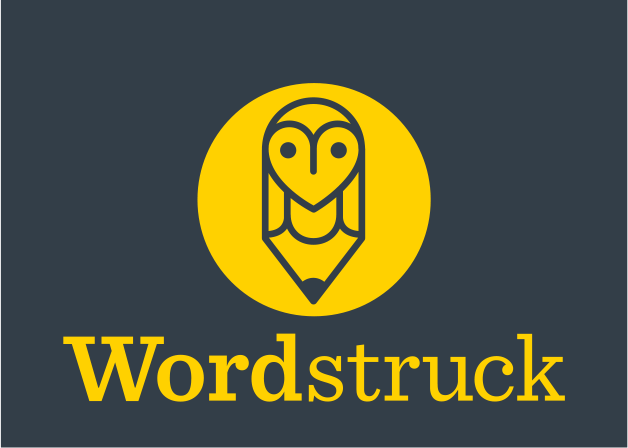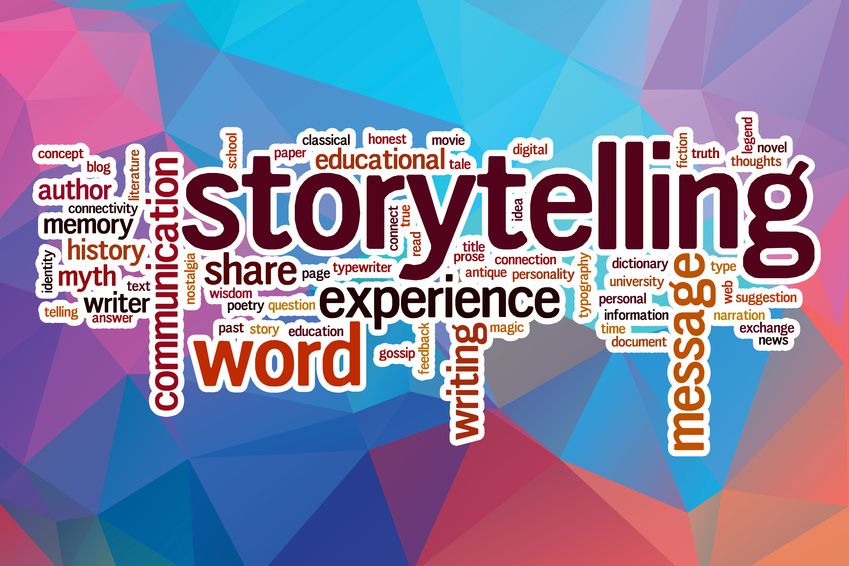Ryan McCarthy CA is a winner in management, as well as in the boxing ring. Acuity asked him for his formula for creating good workplace culture and bringing out the best in people.
BEFORE STEPPING into the ring for his first boxing fight, Ryan McCarthy CA was more nervous than he’d been in his entire life.
For nine months he had been training and his goal was to win. But it was more than that. He wanted to show “the best version” of himself “…in an incredibly confronting situation”.
That was back in 2012 when McCarthy, financial controller at leading medical technology company Stryker, was finishing an emerging leaders programme. While his peers chose to stretch themselves by building houses in Fiji or trekking to Everest Base Camp, he committed to two boxing matches. Why boxing?
“When you’re preparing for fights and you are in the ring, you have to be there 100%. It’s very rare that in ordinary life you are truly present in every fibre of your being and I found boxing did that for me. I was then able to bring that back into my work.”
Aside from the hours of training, McCarthy needed to master the technical element of the sport. Mental courage was required.
“You don’t know if you are going to get your head punched in,” he says, “so I was pretty excited when I won. It was a perfect measurement of success.
“As accountants, a lot of what we do is supporting other people. We give advice, we keep control of a business, but it is typically someone else’s big moment when they hit their number. Whereas when I won that fight, it was incredibly primal, and very satisfying. It was my moment.”
Working well
Since joining Stryker seven years ago, McCarthy has advanced smartly up the ranks and has just become managing director at Stryker Medical.
It’s probably no coincidence that in May 2016 he received a Gallup award as a Global Great Manager finalist at a Gallup conference in Nebraska. Over two million participants enter into the award and according to Gallup, the ten finalists have to be consistently in the 90th percentile or above in overall engagement and to have shown high levels of consistent performance. On the awards night McCarthy wasn’t nervous.
“I just felt incredible peace. I had already won when I worked at an organisation where people care about me so much that they had done the nomination for me. There was no pressure to come first in the world.”
Last year Stryker was voted the second best place to work in Australia in the Great Place to Work awards. McCarthy puts this down to top-down policies, combined with a detailed multi-year plan initiated in 2014 and employees “knowing how their performance connects to that plan”.
It helps that healthcare is a thriving industry and while other businesses face disruption, Stryker is working to become the disrupter. In 2015, for example, they launched an orthopaedic robot.
Globally, Stryker is a Fortune 500 company with 36 years of uninterrupted growth and AUD $13 billion in revenue; in Australia and New Zealand there are around 500 employees with AUD $500m revenue.
Previously the Australian business had used some of the global Stryker leadership programmes, but in recent years, it has created equivalent local programs. The result: employee engagement has gone up year on year.
In practice, this means that “a work friendship at Stryker is somewhere between a best friend and a colleague,” says McCarthy. In November, he heard how a team member, Asmah, was working late one night. It was 7pm and a colleague, Kyle, asked her if she was going to be leaving soon. When Asmah said she was going to work for another 30 minutes, Kyle offered to sit with her and help her finish her work.
“Kyle is in a different team,” explains McCarthy. “Instead of him just leaving, he stopped to help Asmah so she could leave earlier. There was nothing in it for him but this is common at Stryker: the sense that we are all in it together.
“Culture is the sum of all the little things you do and the big things. [It’s also about] being purposeful about your people development, your accountability processes, your talent management… this is ten years’ worth of investment.”
And underpinning it all is the Gallup strengths-based approach that has been embedded in Stryker for more than 30 years.
Gallup strengths-leadership approach McCarthy is passionate about the efficacy of Gallup’s strengths-based process. When he was at the Gallup conference in Nebraska, many people stopped and asked him his “magic formula” for being a good manager. He told them that he selects the best talent, focuses that talent on what people are naturally good at, and then helps them turn that talent into a strength. As a leader, his role is “to ensure the individual has the opportunity to use those strengths every day in an engaging environment”.
But to build good teams, you first need to recruit the right people. Stryker is one of the hardest places in the world to get a job, he says.
“You don’t come without six interviews.”
Gallup first interviews any potential candidate and measures his or her profile with the level of talent required.
“I’ve seen IQ tests, profiles and lots of different ways of doing recruitment,” he says. “I’ve never come across anything as accurate as Gallup. It’s uncanny.”
Once employed, McCarthy then works on actively developing people so they can see a better future for themselves. For this he adopts Gallup’s 34 strengths framework. Part of the process is to also become “more aware of your weaknesses, which we call derailers”. These derailers can include a person’s dominant strength when it gets in the way of what a person is actually trying to achieve. “A lady in my team was very competitive,” he explains.
“So even though competition was very motivating, it was also a derailer because she was competitive with other people in her team. We then worked with her to help her redefine what she was competitive with, so instead of competing with the team, it could be about competing for an outcome.”
Feedback hurts – but works
McCarthy keeps himself accountable with “truthful feedback”. Eighteen months into working at Stryker, he had a 360-degree review “delivered with an iron bar”. McCarthy admits that what hurt the most was being told he was too focused on the outcome and not enough on the team. “I can move too fast, and leave people behind.”
Although he was frustrated at hearing the feedback, in hindsight it allowed him to become more self-aware.
“The further you go up in your career, the less truth you hear. You get into this spiral of thinking that you are incredibly successful and everyone else around you is not. Whereas keeping yourself grounded and having relationships that are good enough, that people care enough to tell you the truth, that’s the ultimate accountability.”
These days McCarthy actively seeks out feedback.
“Just recently I had a one-on-one meeting with Richard Barber, commercial manager, and I kept asking him until he told me, ‘you can be very judging of people’. I felt fine with that. I am aware of it.”
So how can chartered accountants become the best managers that they can be?
“As an industry we need to be investing more in CAs getting better people leadership training and learning more relationship skills. A chartered accountant who has strong relationships and technical expertise will be in far more conversations in a business and can add a lot more value.”
He’s also an advocate of CAs taking a proactive role in keeping businesses ethical and transparent.
“As a professional body we’ve got to continue to fight for public policy that is right for Australia and New Zealand. Taxation is a great example of where Chartered Accountants ANZ can make a big difference. Our voice needs to be clear and active.”
And his advice to other chartered accountants?
“Focus relentlessly on your own development. If you’re not fighting to develop yourself, you’re not going to win in the long term.”
As for McCarthy, he credits much of his success to his family. The only person more nervous than him at his first boxing fight was his wife, Sonja. “My family is my biggest support. They seem to believe that I can do anything. Knowing that just makes me feel like I can.”
Download the article PDF: Fighting the good fight, for the people










